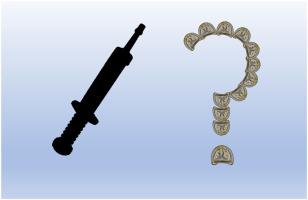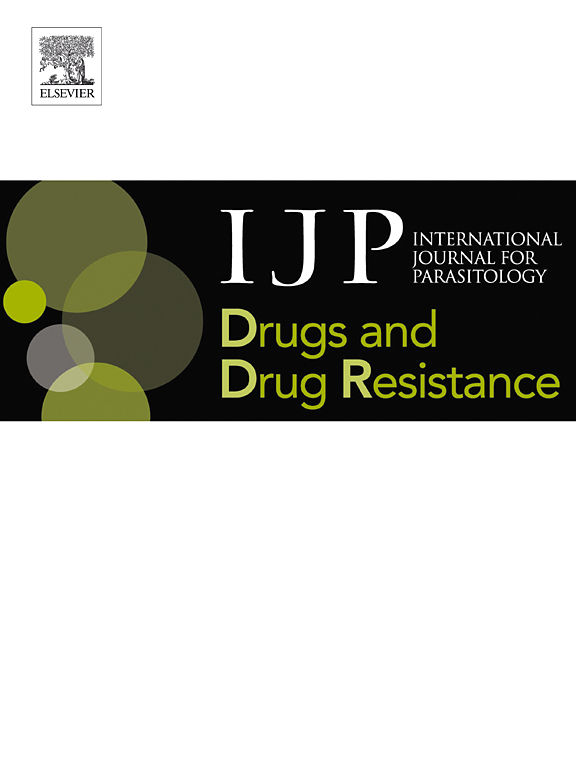Apparent treatment failure of praziquantel and pyrantel pamoate against anoplocephalid tapeworms
Abstract
Anoplocephalid tapeworms are commonly occurring in grazing horses around the world. Two currently available anthelmintics have documented high efficacy against Anoplocephala perfoliata; praziquantel in various dosages ranging from 1.0 to 2.5 mg/kg and pyrantel pamoate administered at 13.2 mg base/kg. Anthelmintic resistance has not been reported in A. perfoliata, but anecdotal reports made during 2022 have suggested a possible loss of efficacy for both actives. This paper reports fecal egg count data from a Thoroughbred operation in Central Kentucky in 2023. Fifty-six yearlings were first dewormed with a combination of ivermectin (200 μg/kg) and praziquantel (1.5 mg/kg) and subsequently treated with pyrantel pamoate (13.2 mg base/kg). Fecal egg counts were determined at the day of treatment and again 14 days post-treatment. Two groups of mares (n = 39 and 45) were also treated with ivermectin/praziquantel and examined pre- and post-treatment. Low efficacy of ivermectin and pyrantel pamoate was demonstrated against strongylid parasites in the yearlings with mean Fecal Egg Count Reductions (FECRs) at 75.6% or below and upper 95% credible interval (CI) limits below 90% in all cases. Overall anti-cestodal FECR levels in the yearlings were 23.5% (95% CI: 11.2–48.0) for praziquantel and 50.9% (20.5–72.0) for pyrantel pamoate. Praziquantel eliminated anoplocephalid eggs from three of 17 yearlings, but another 5 yearlings went from negative to positive status following treatment. Pyrantel pamoate failed to eliminate anoplocephalid eggs from any of 14 treated tapeworm-positive yearlings. Nine of 84 mares tested positive for anoplocephalid eggs, and seven of these were still positive post praziquantel treatment. These findings sharply contrast data from historic field efficacy studies conducted for both actives and raise concern about anthelmintic resistance having possibly developed. This emphasizes the need for developing and refining antemortem methodologies for evaluating anti-cestodal treatment efficacy and for searching for possible alternative treatment options.


 求助内容:
求助内容: 应助结果提醒方式:
应助结果提醒方式:


